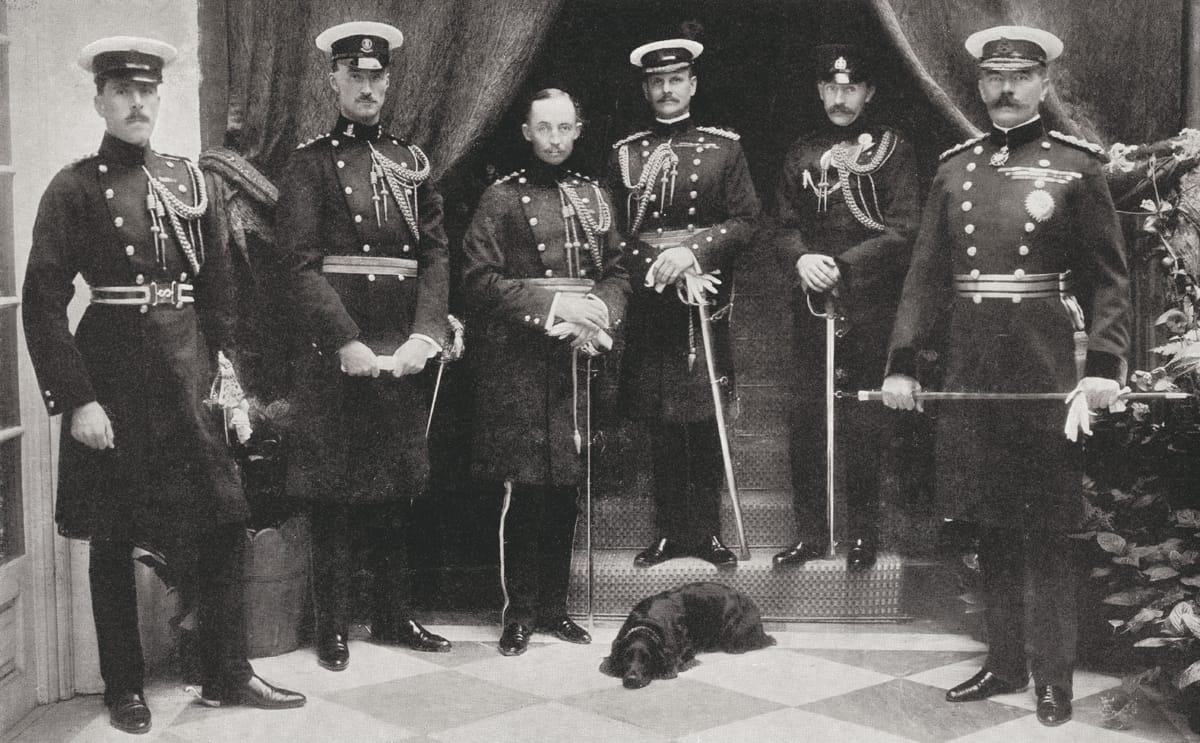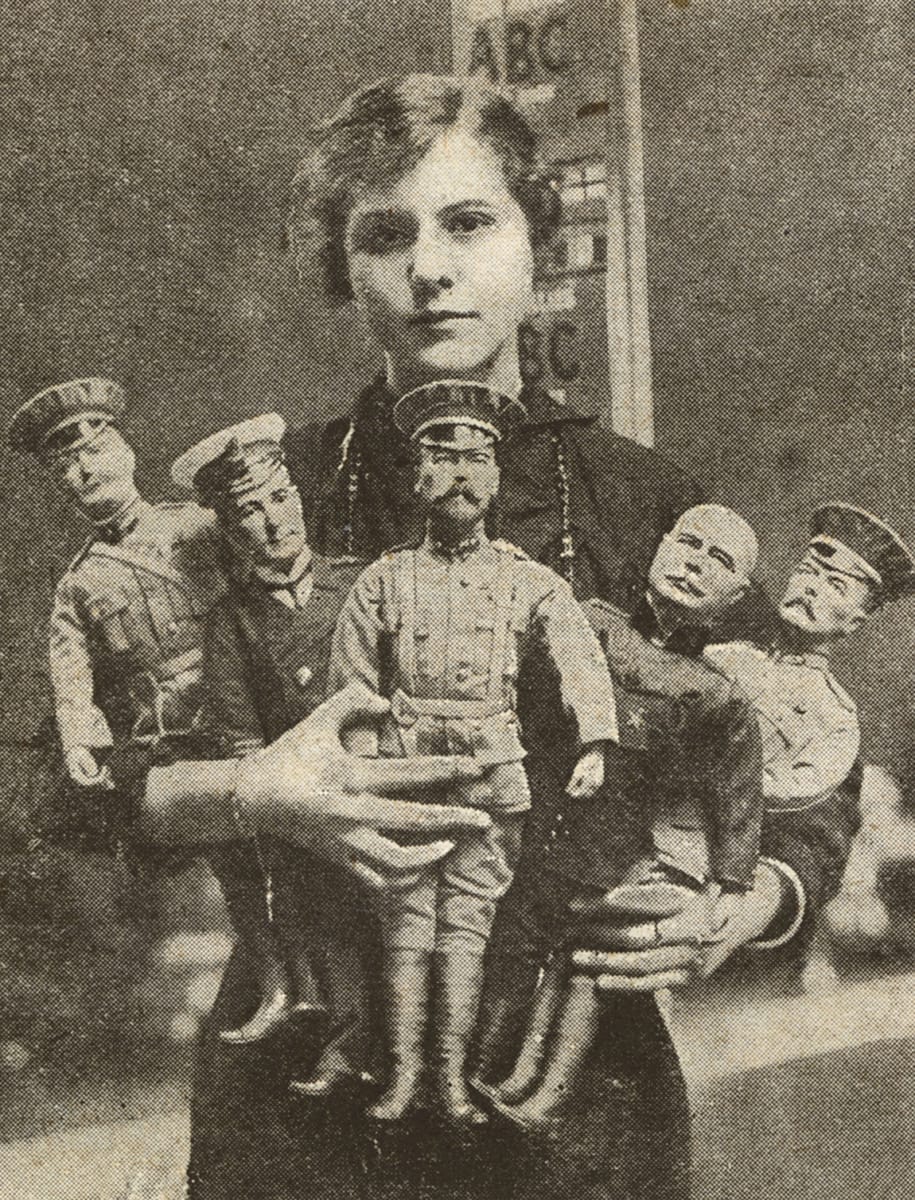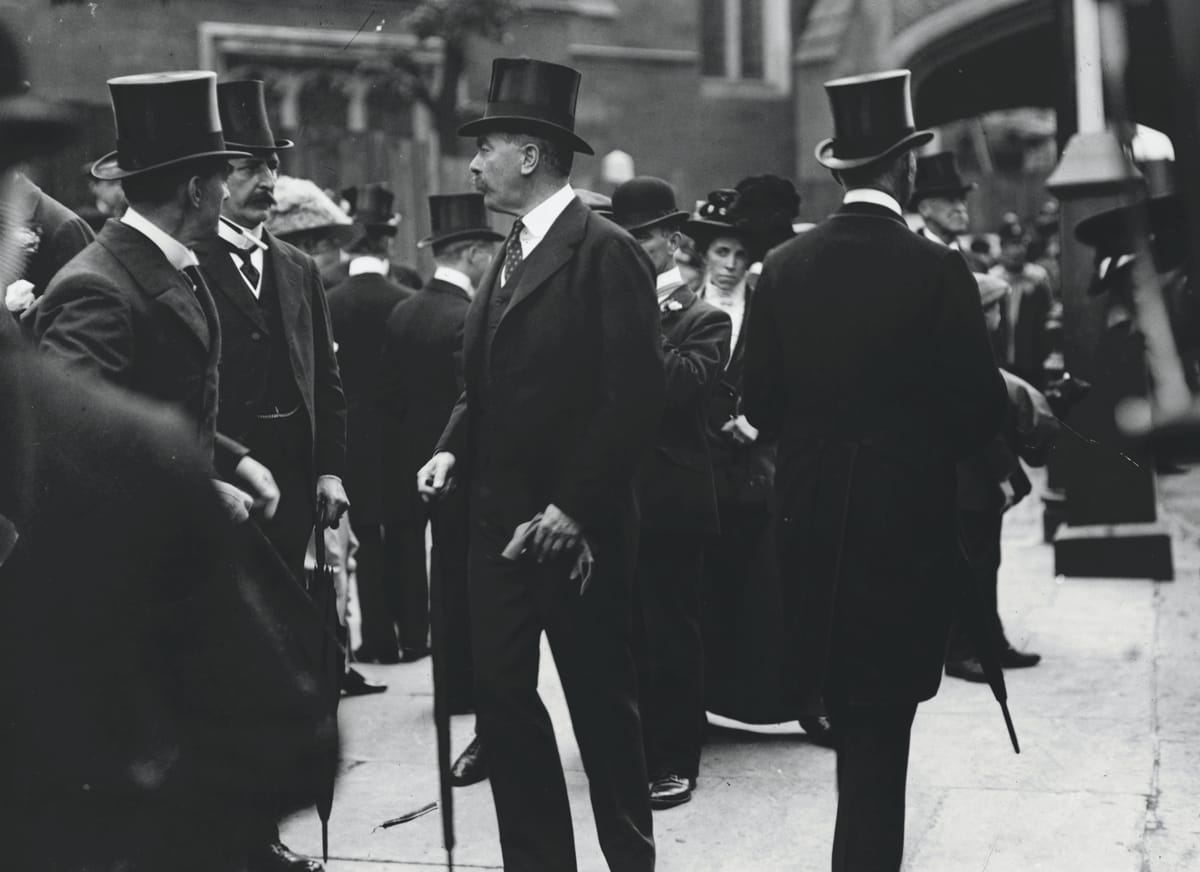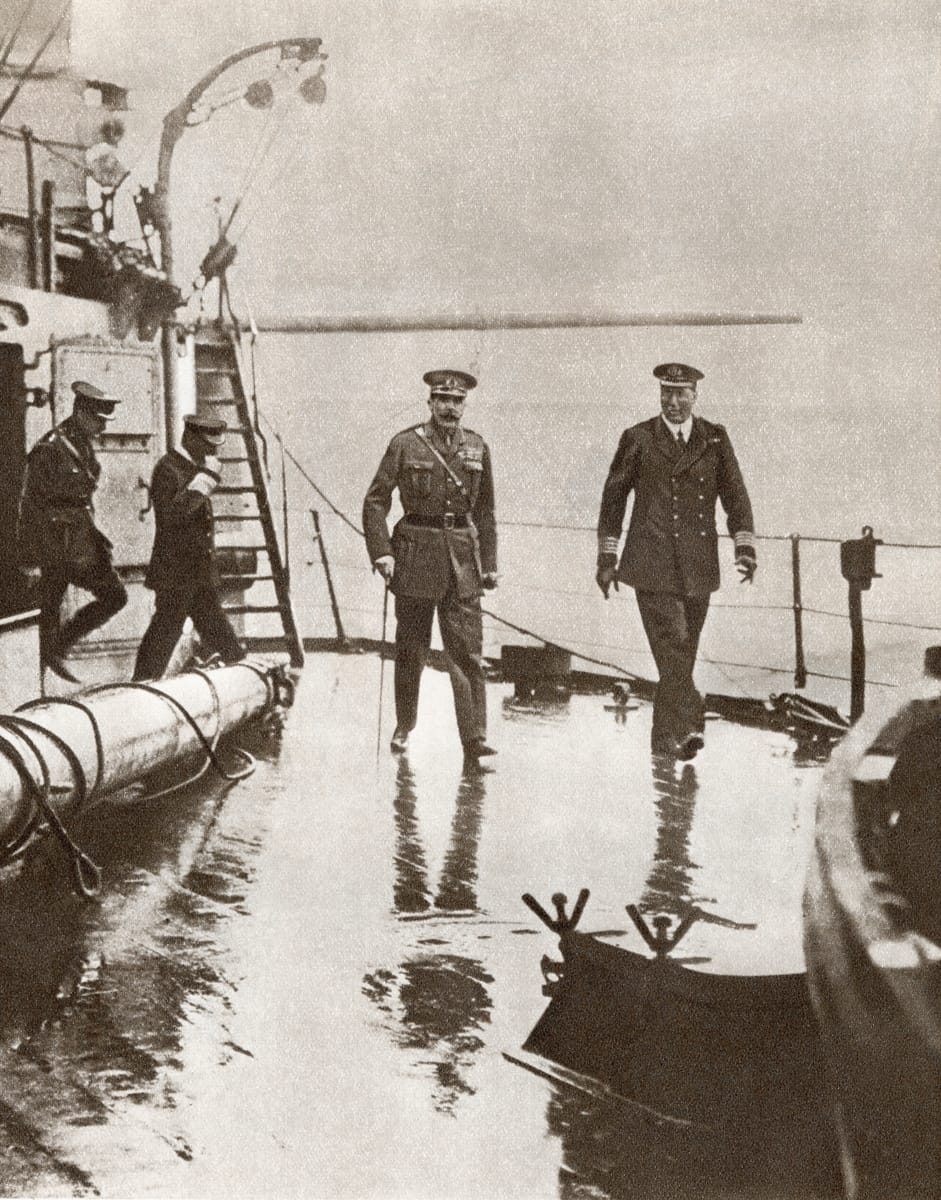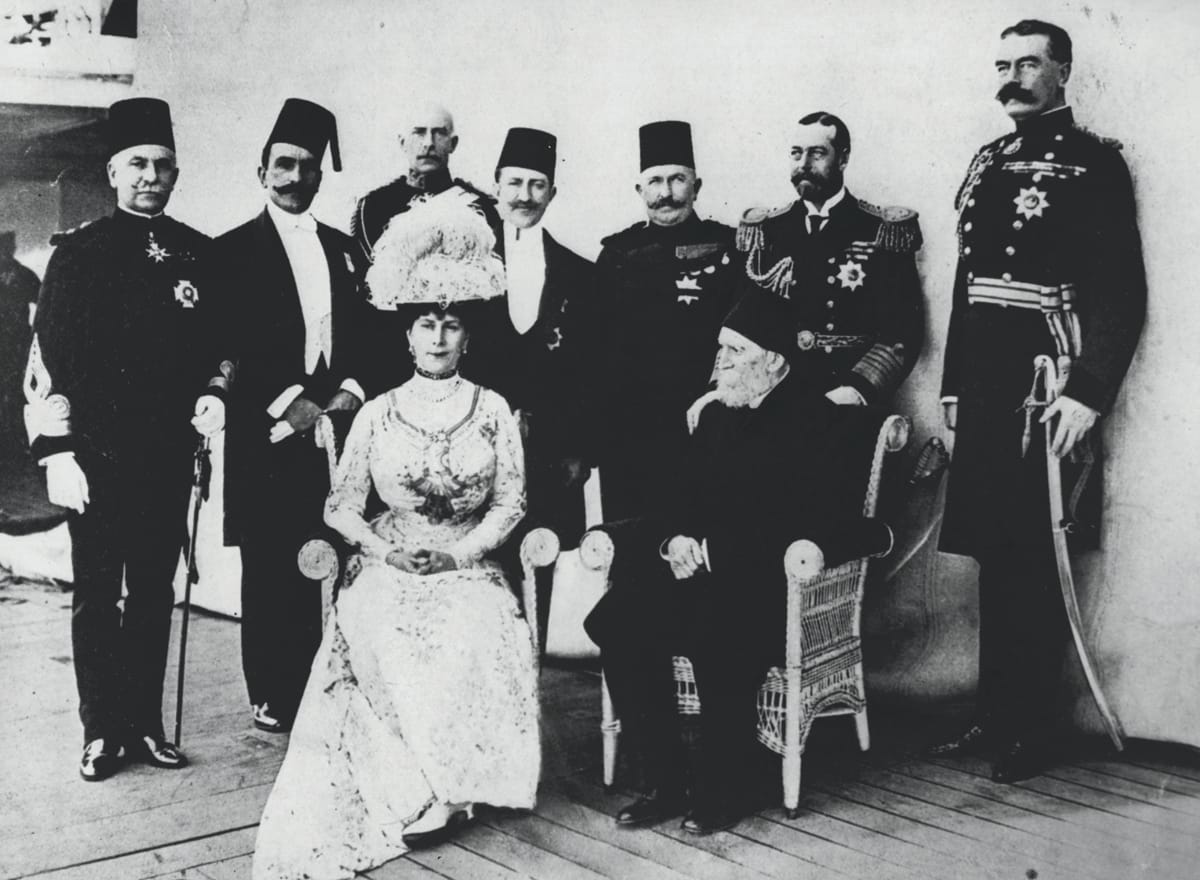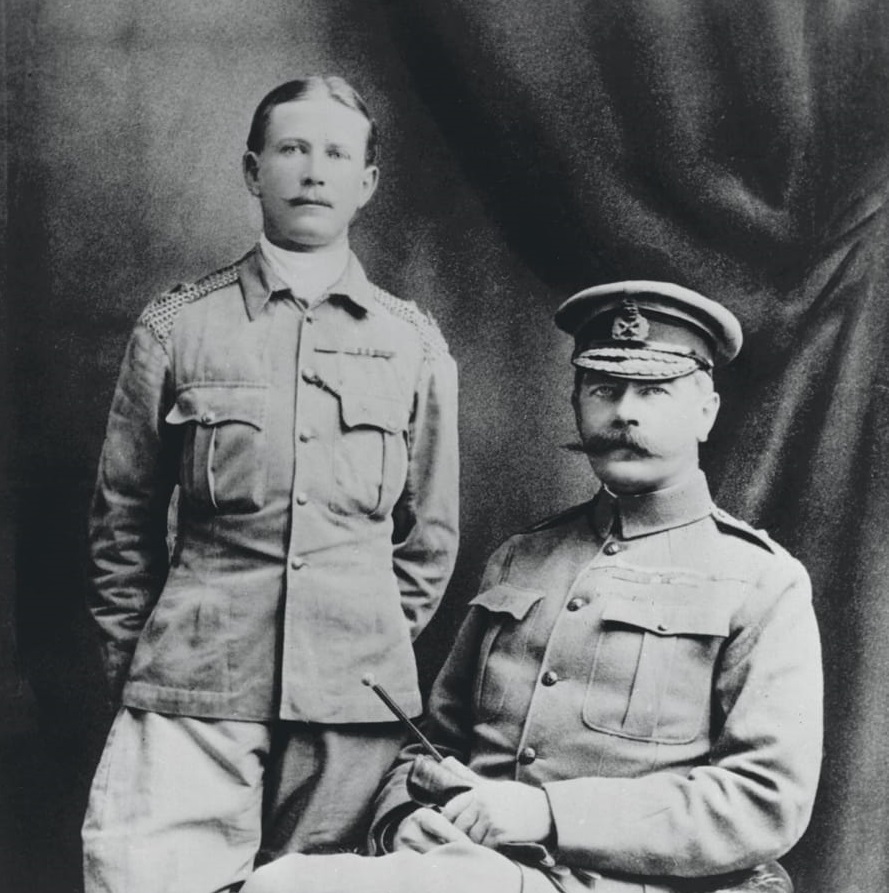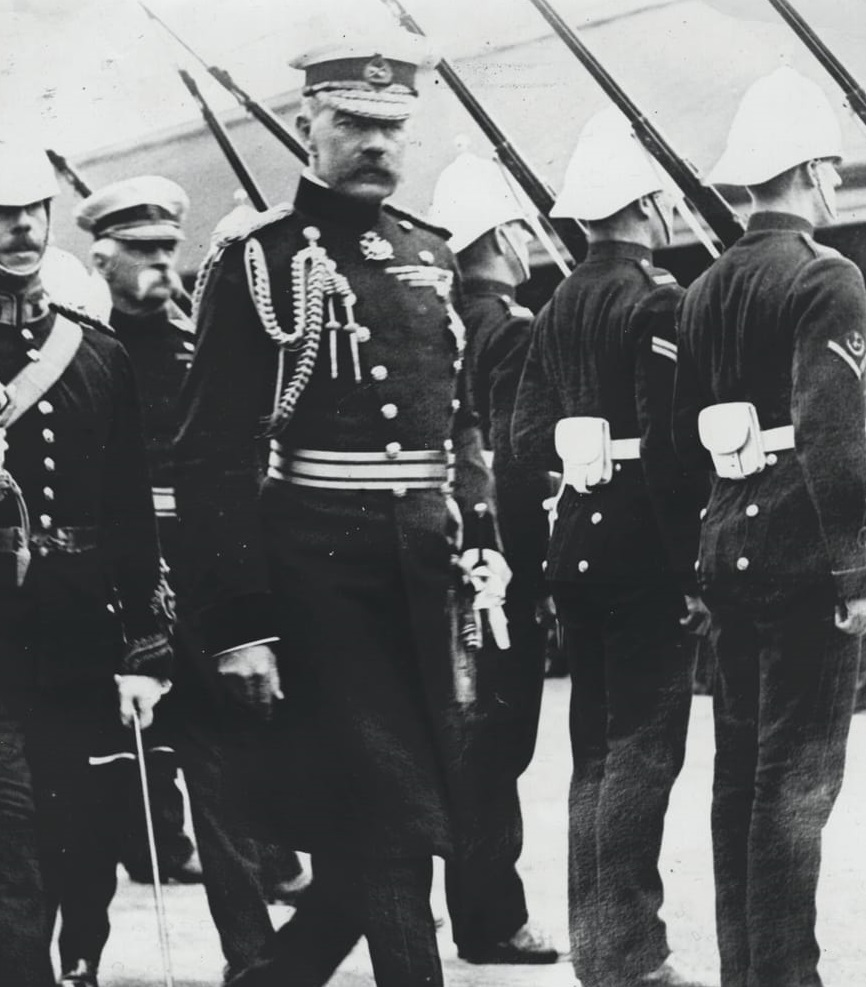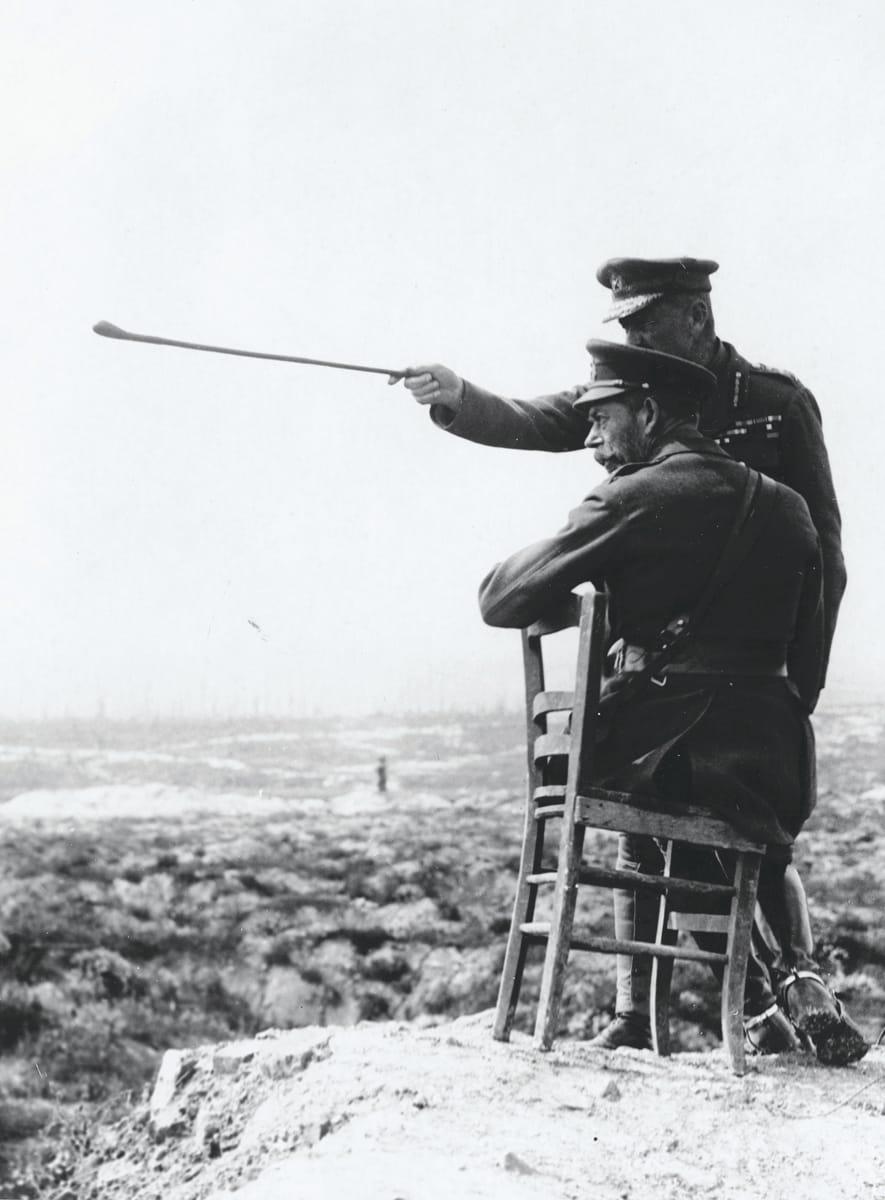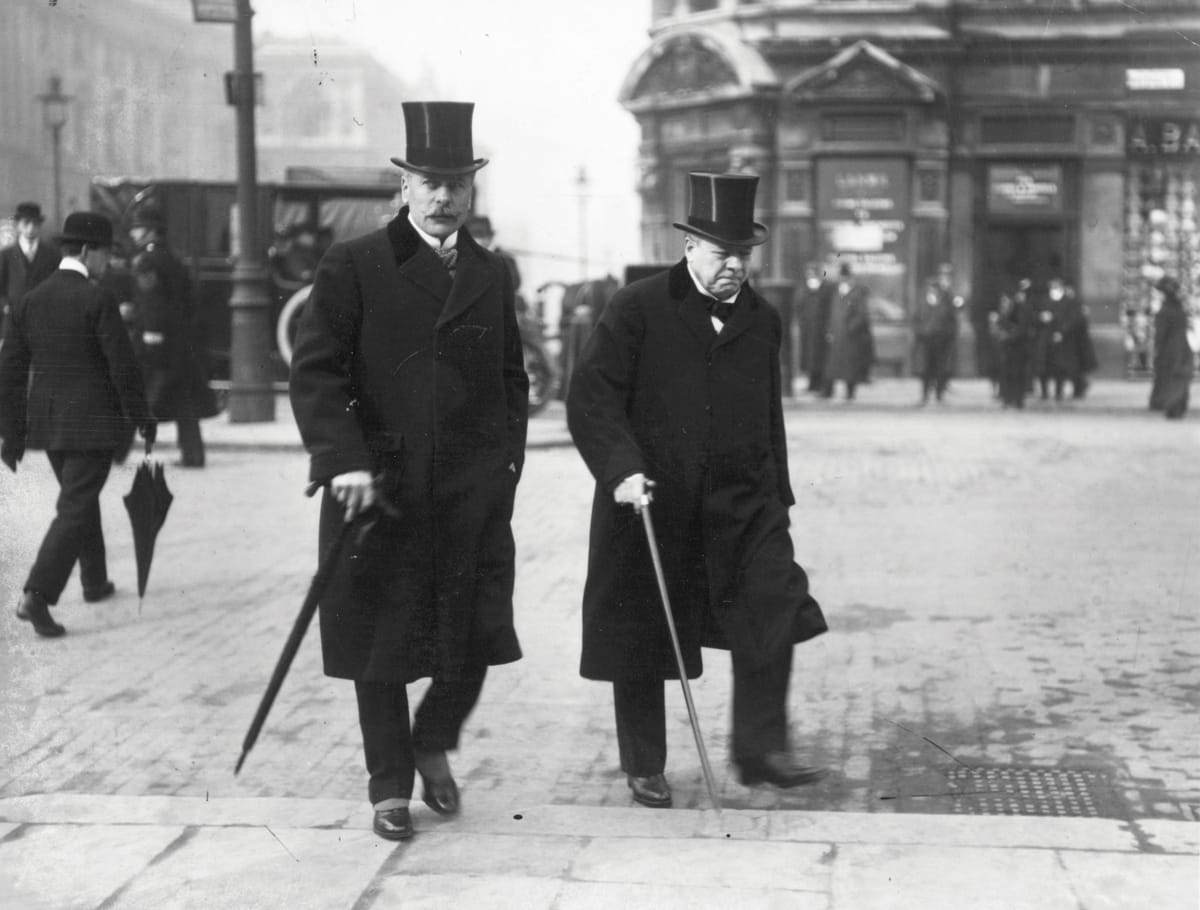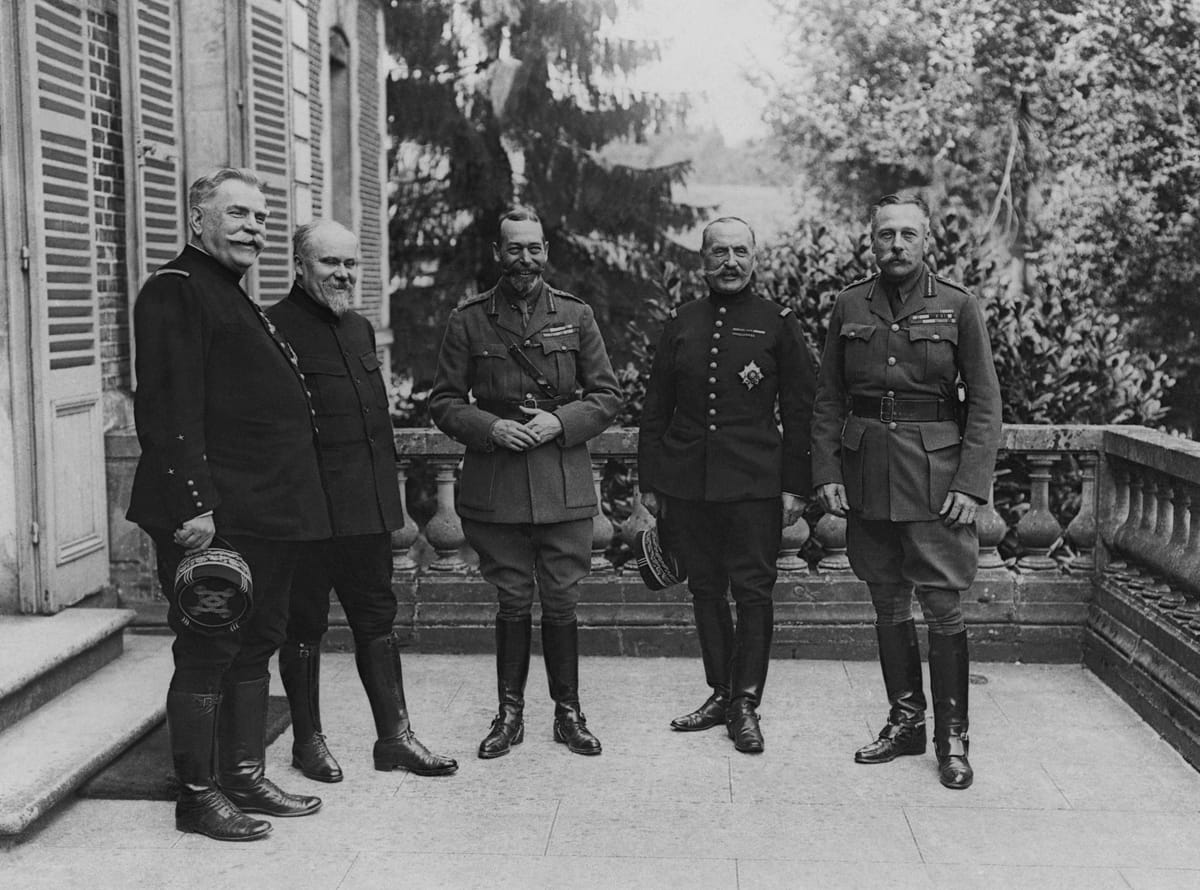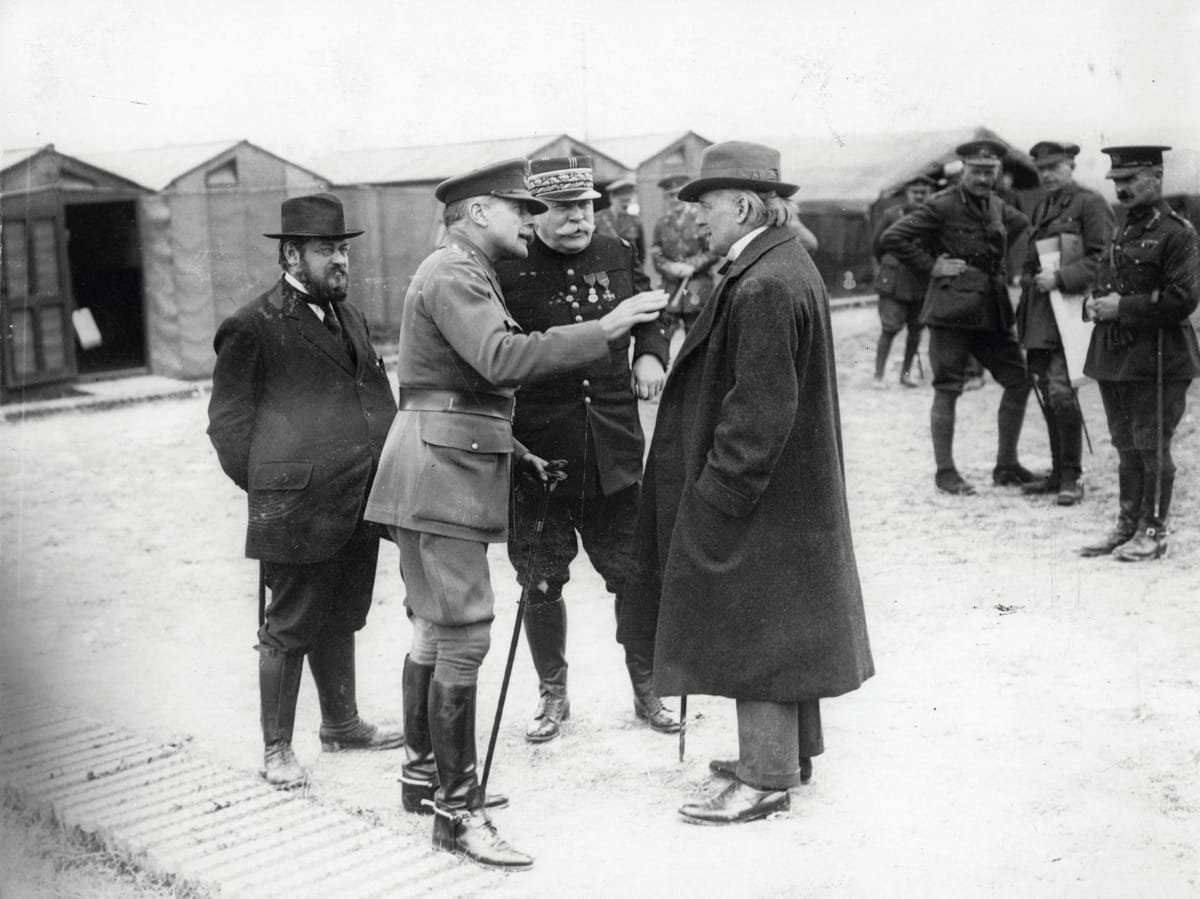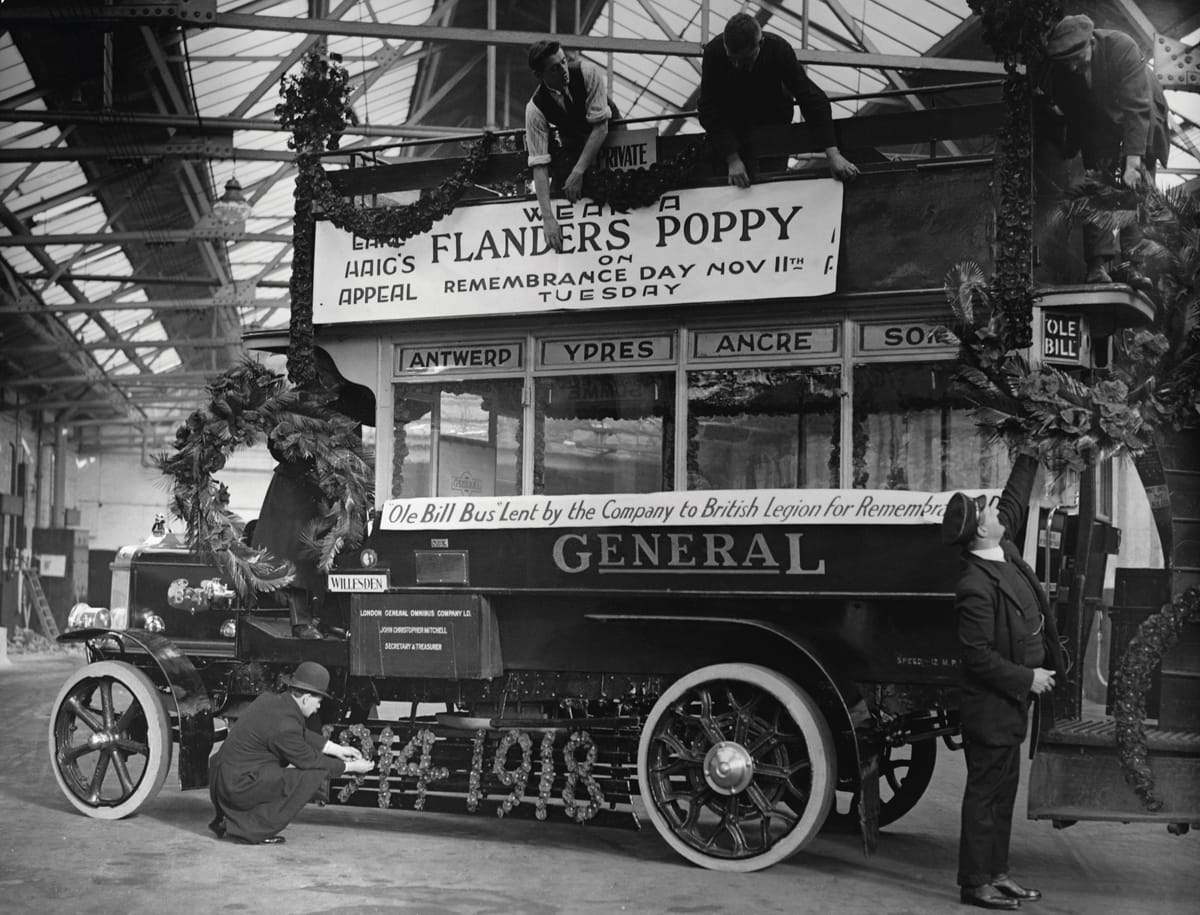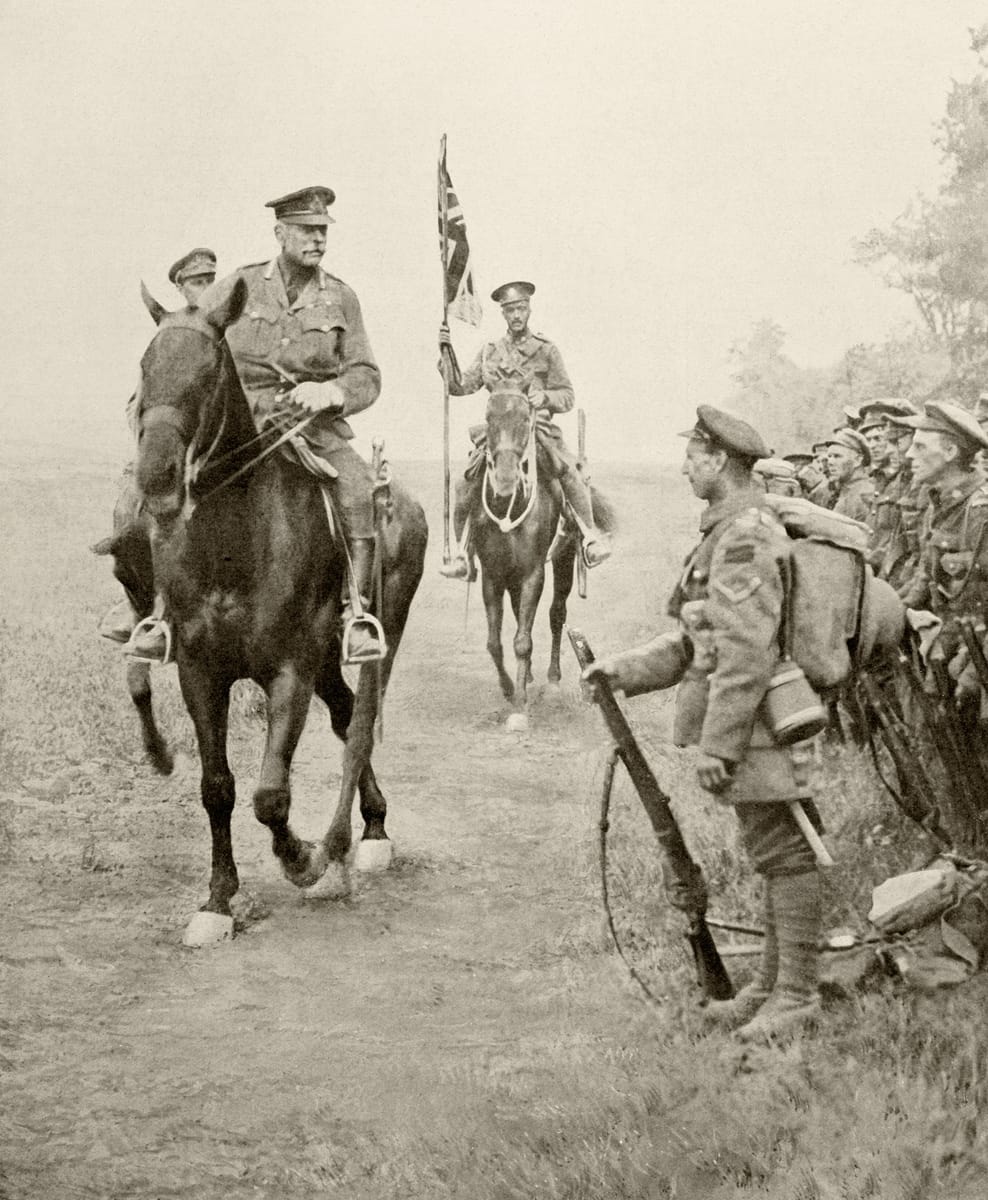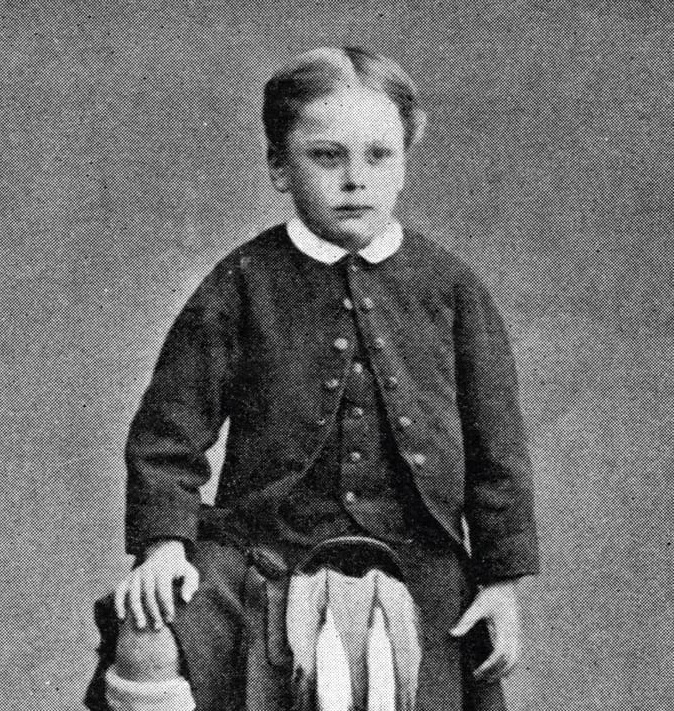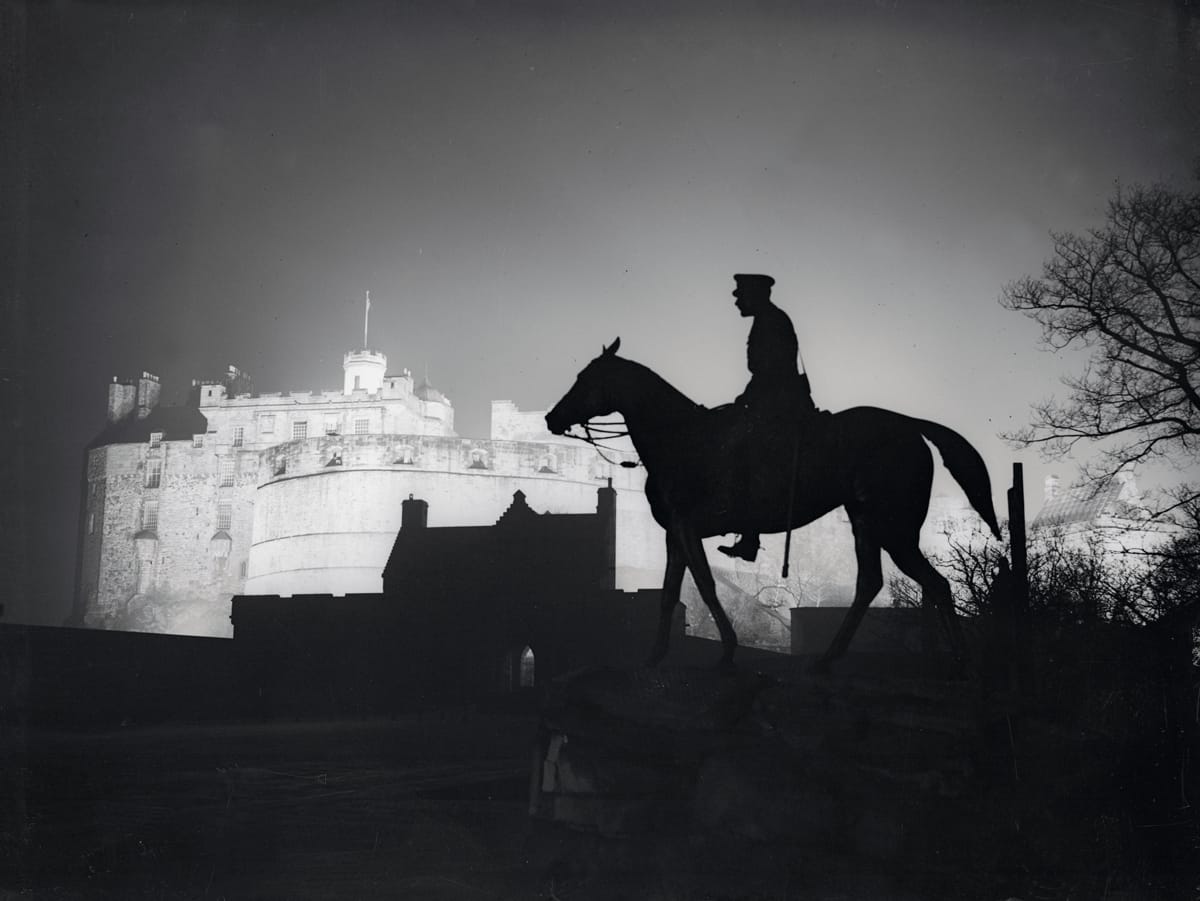Back to top
Brothers in Alms - Kitchener and Haig
Field Marshalls Kitchener and Haig were both important military leaders and both Freemasons. Kitchener had been the face on the recruitment posters as the most celebrated war hero of the age and Haig commanded the British armed forces from 1915 to the War’s end. Kitchener was killed on board the “Hampshire” in 1916 on his way to Russia to offer increased support to the Tsar when the ship was hit and almost all the men on board were killed. Haig was blamed for the great loss of life in the conflict but dedicated his life thereafter to the welfare of those who fell and those who returned.
KITCHENER
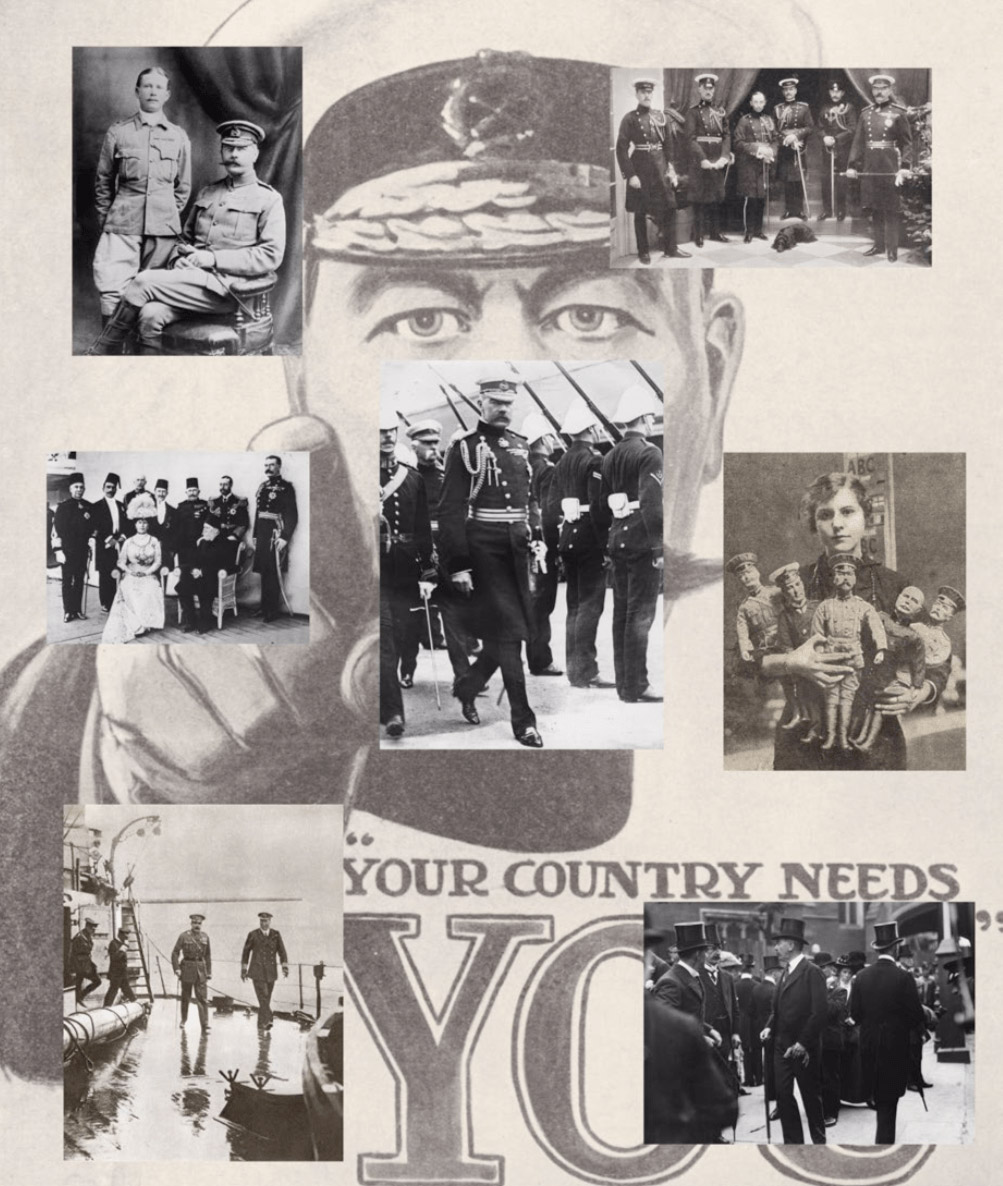
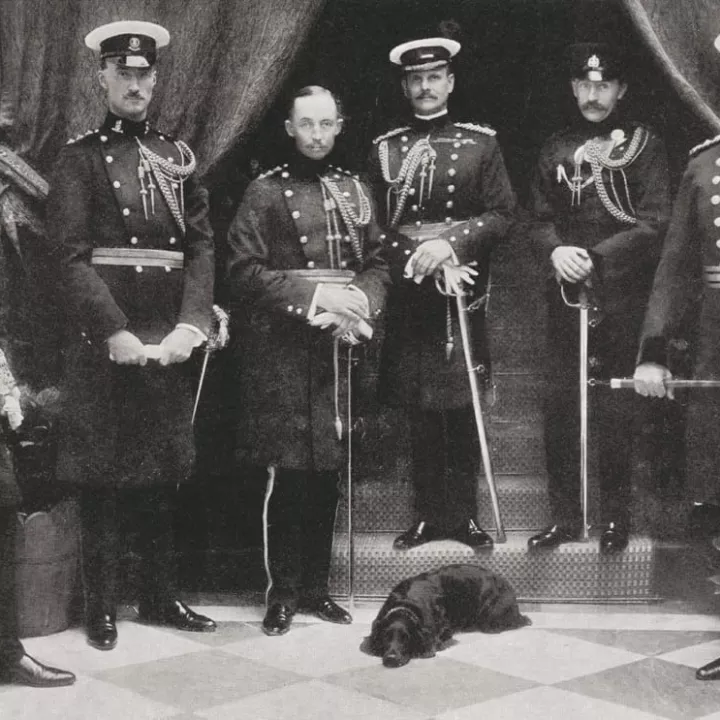
India

War Dolls
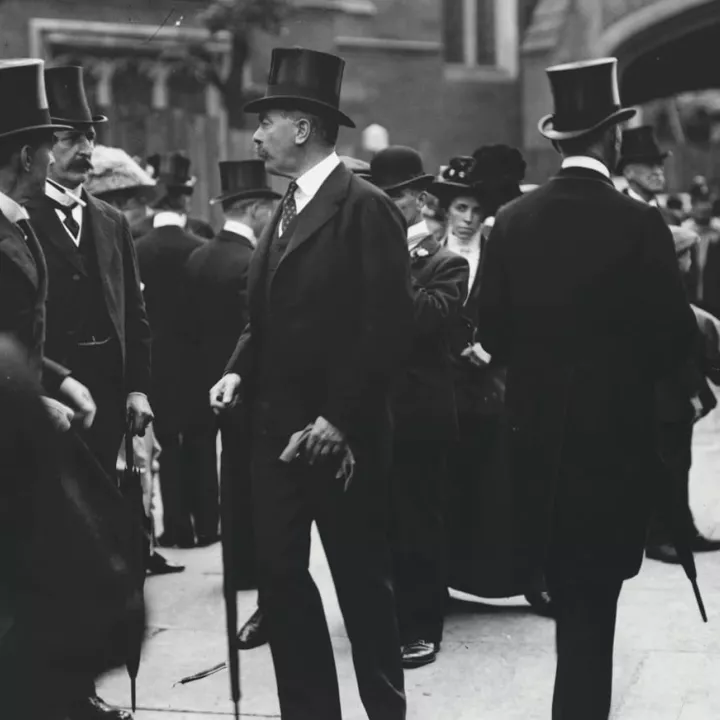
The Coronation
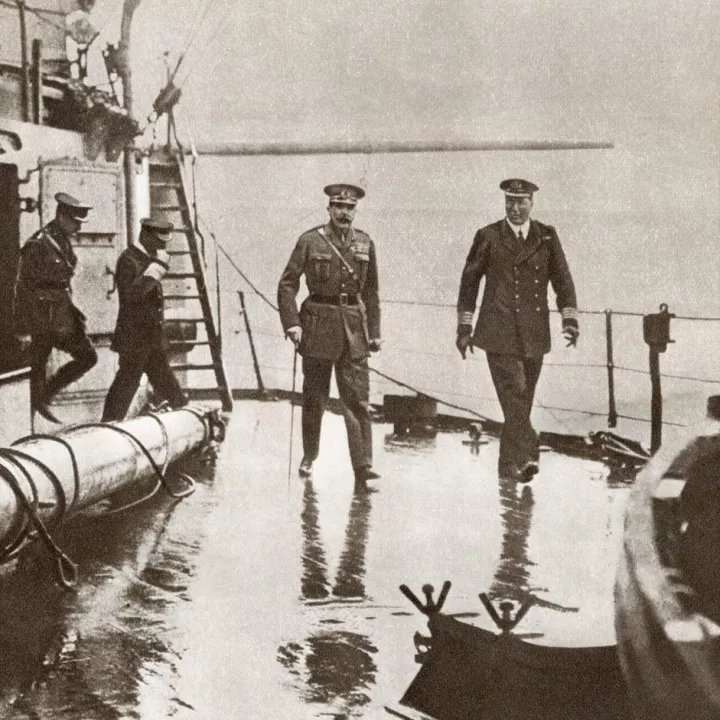
Final Photo
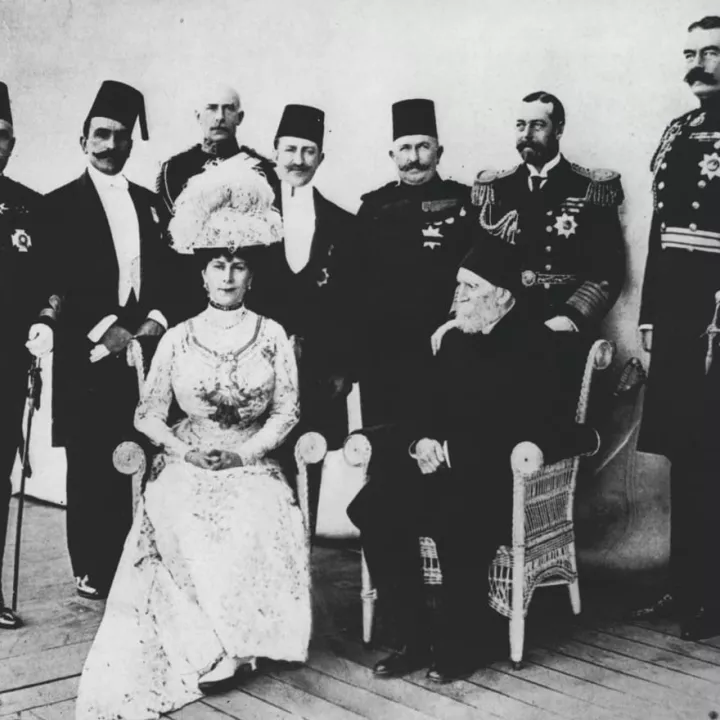
Port Said
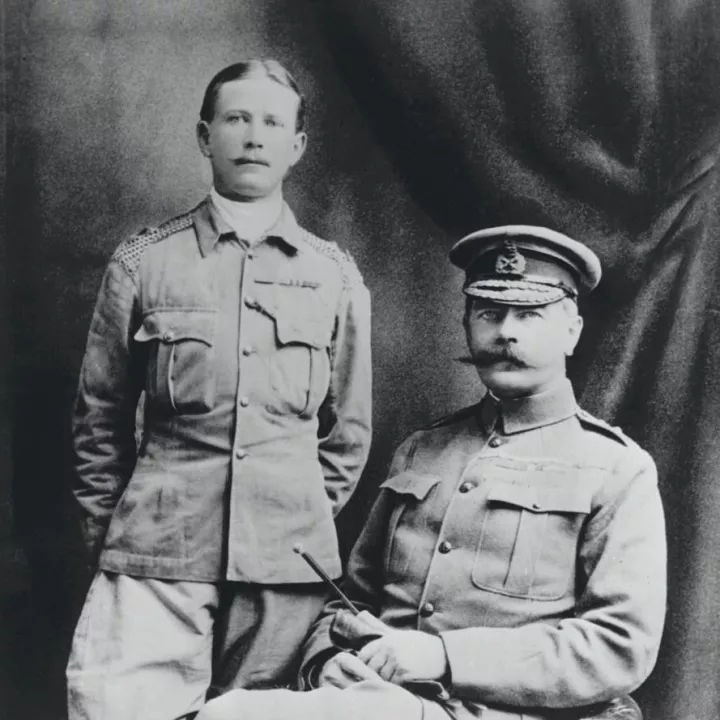
Egypt
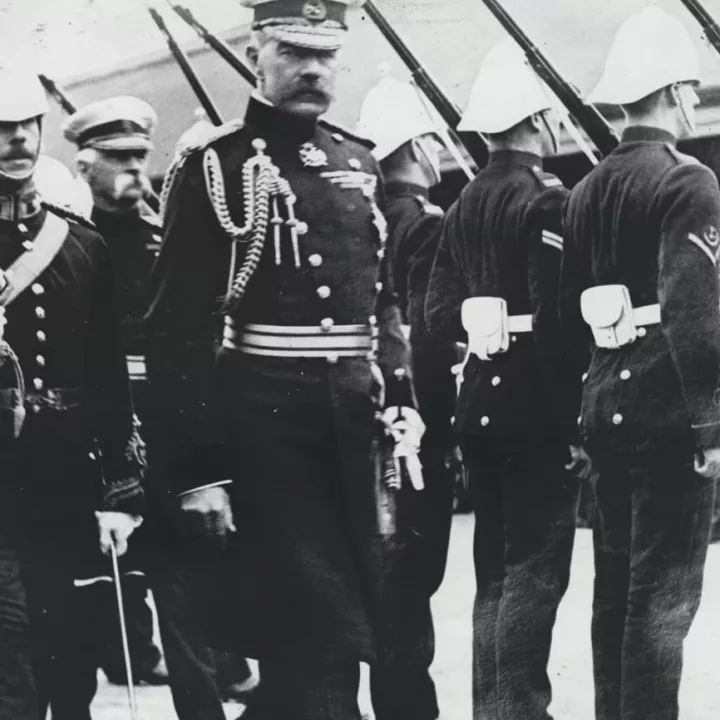
Melbourne
HAIG
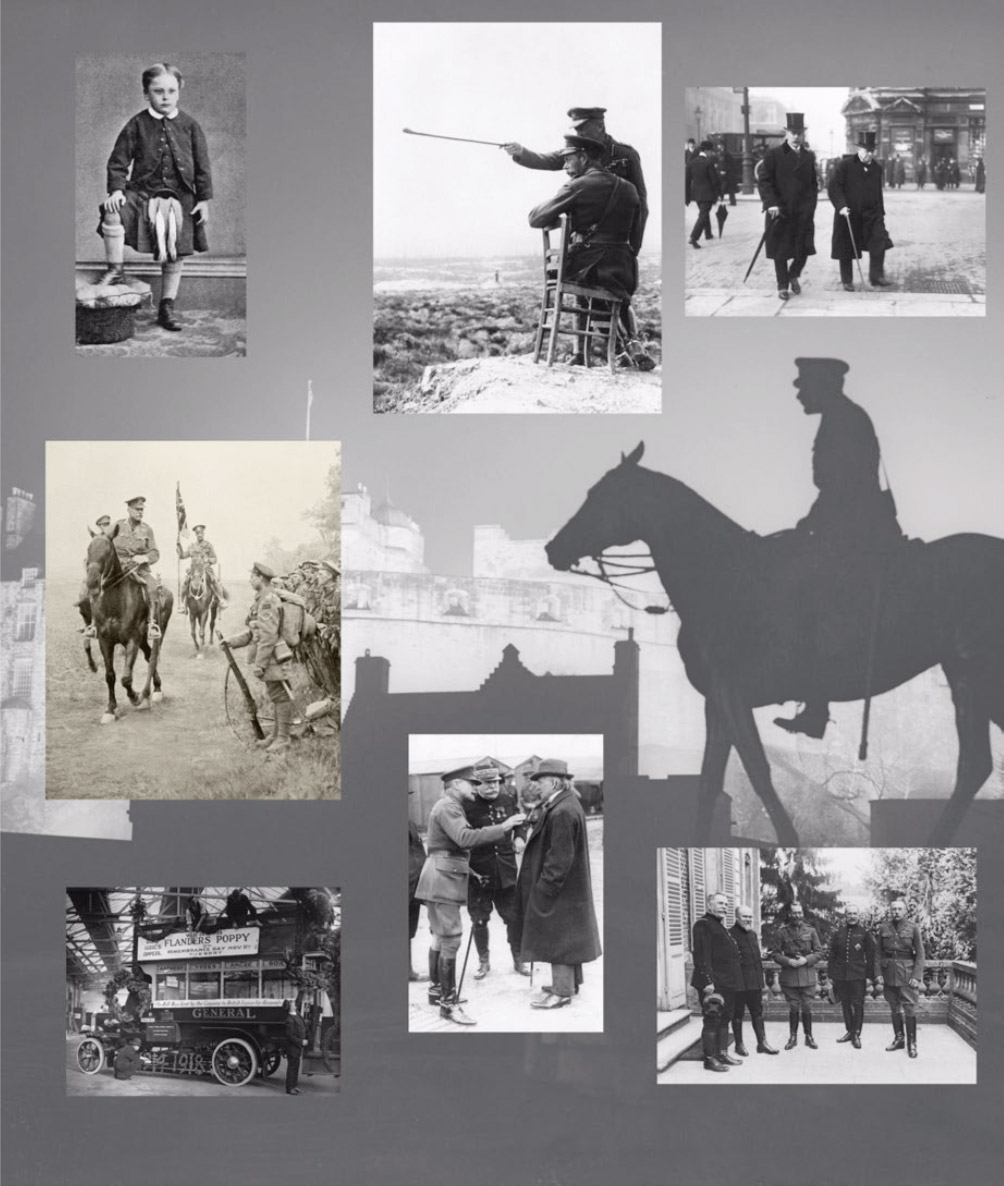
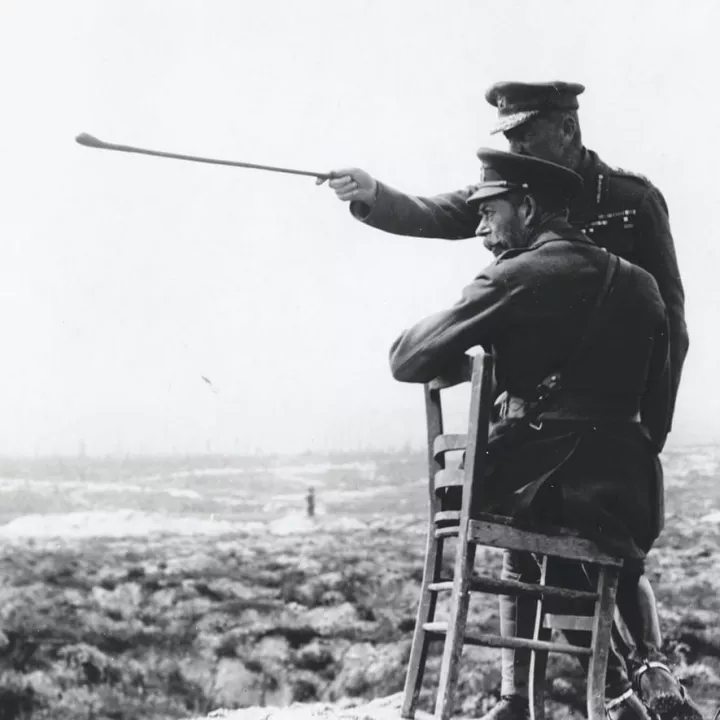
Battle of Thiepval Ridge
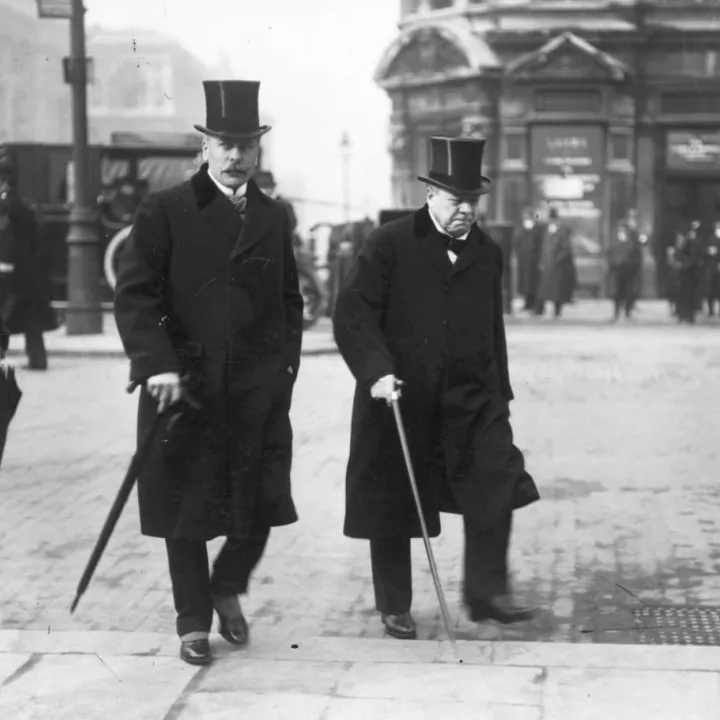
Two Sons of Edinburgh
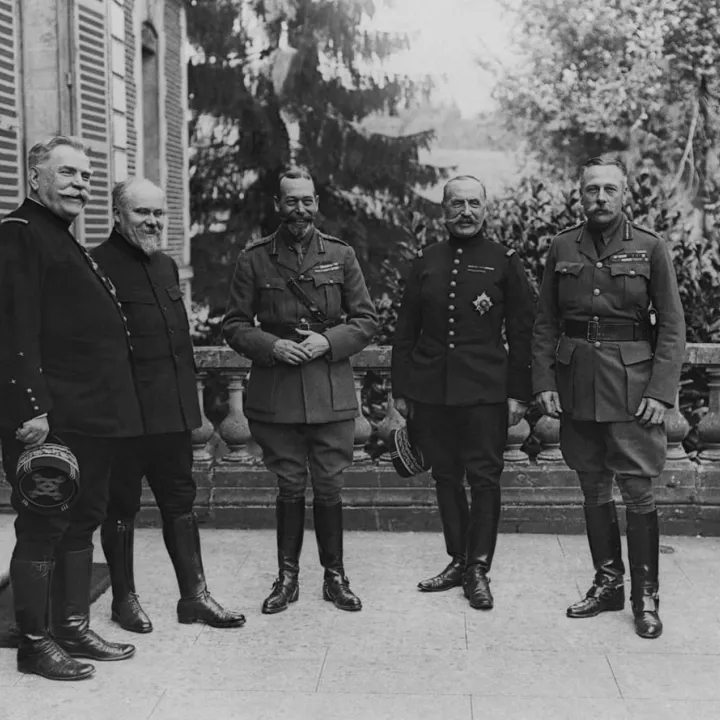
The Somme
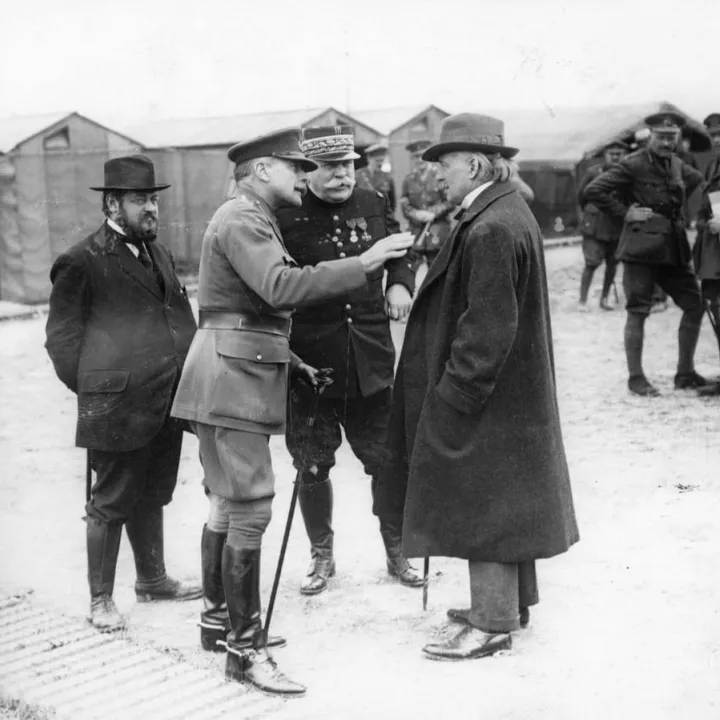
The Somme

Poppy Appeal
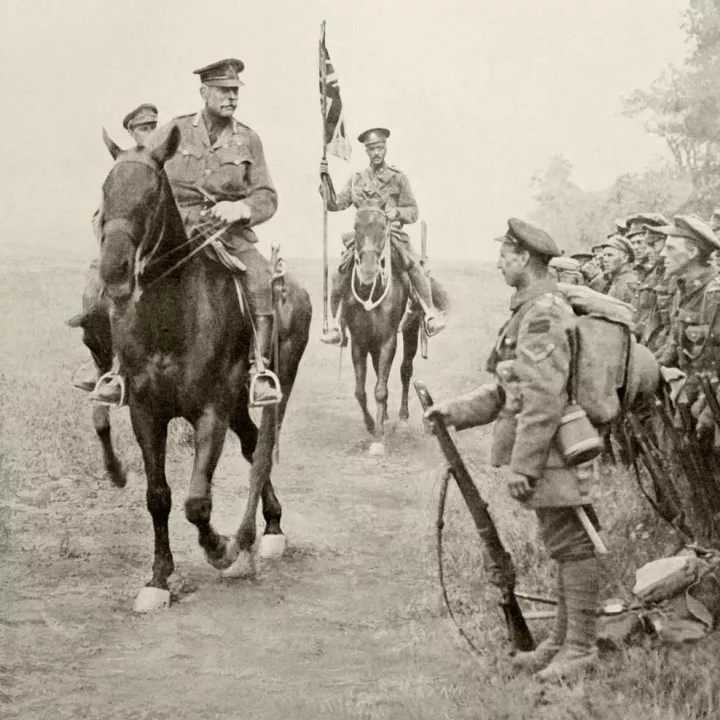
Battle of Drocourt-Queant Line
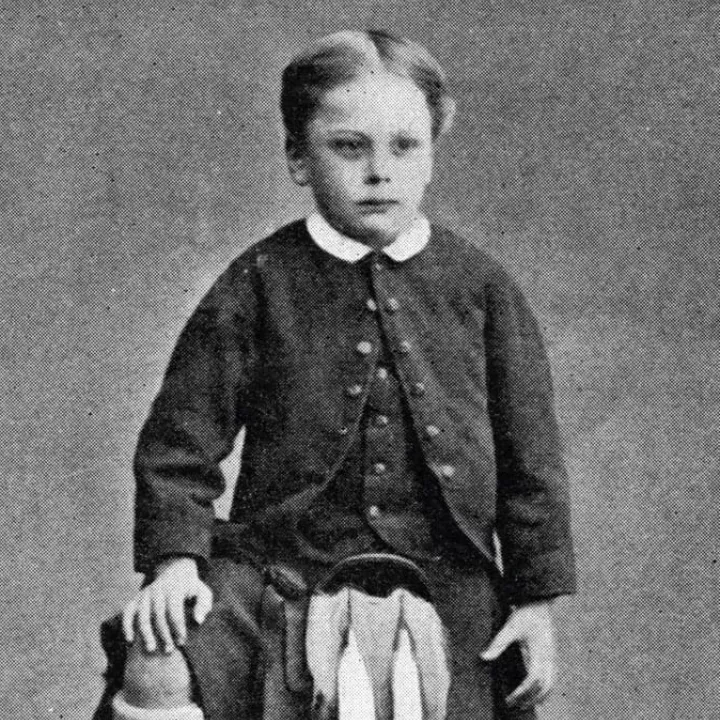
The Young Haig
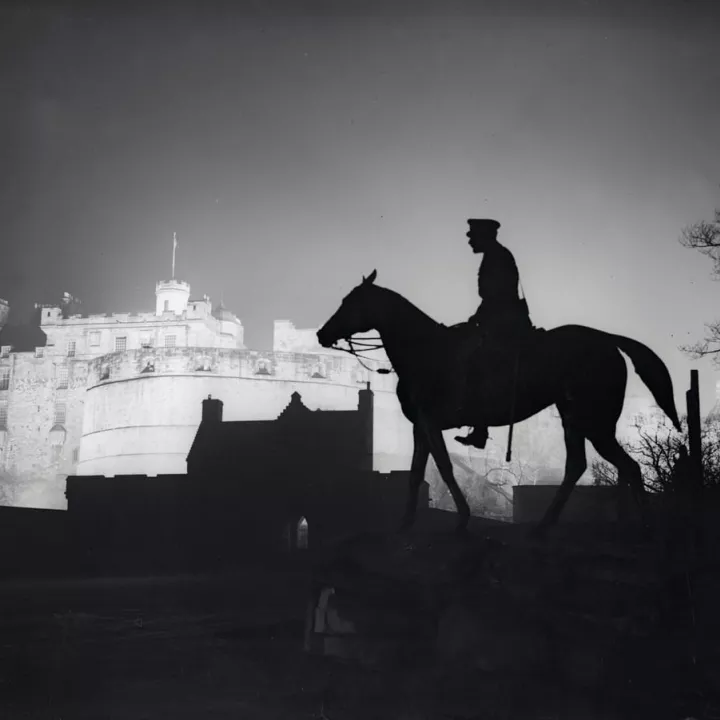
Background
Join Freemasonry today
Locate your local lodge where you live, work or study.
International lookup by area
